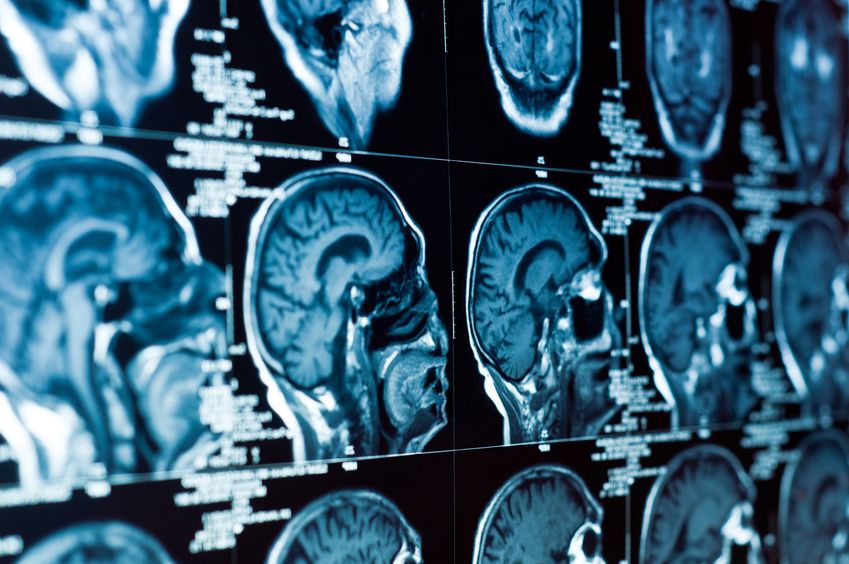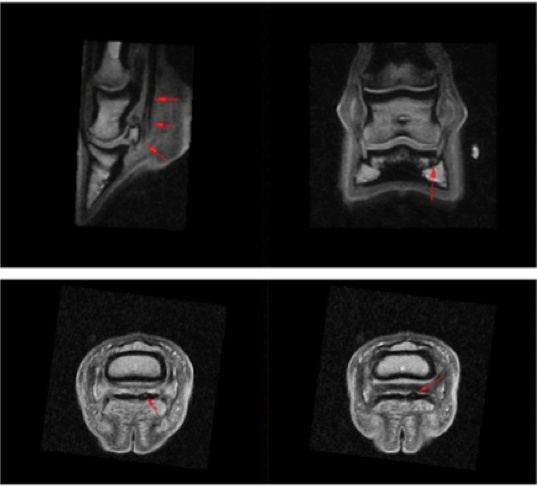5 Steps to Take After Downloading Horos
Horos, a free open-source DICOM medical imaging viewer for Apple computers, has been adopted globally by tens of thousands of diverse users, from clinicians and academic researchers to lawyers and patients who want to view their medical images.
As such, after downloading Horos the next steps you should take depend on the reasons you downloaded the software in the first place.
So what are the most common use cases for Horos, and what should you do in each instance?






